Over the years, several cameras have become legendary – like the Leica M3 or M6, the Hasselblad 500cm, the Yashica Mat 124-G, the Nikon FM2 (they even made a recent camera that looks much like this model, the Nikon DF) or the Canon AE-1, and even large-format Cambo cameras.
You’re sure to find a lot of them in good, even mint, condition because they were built to last using high-quality standards. That’s why they’re famous. There are also some wrecked beauties on the market that that may just work as decorations and props.
Secondhand gear can sometimes look pretty good but not be in perfect shape, which is why you need to look for certain things to get a decent deal.
When looking for secondhand gear, you won’t be looking only for vintage film cameras. You’ll be looking for modern DSLRs as well. But the screening criteria are almost the same. Try to invest in secondhand gear that has certain legacy attached to it, because cameras tend to evolve more quickly than lenses and the “investment” concept when going after secondhand camera bodies will be narrower than secondhand lens investments.
Reading this article because you're just starting out? Well, if you're a photography newbie then this Course is definitely right for you and appropriately titled: “Essential Photography Skills: Beginner Digital SLR Training” where you'll discover the basic skills needed to take control of your DSLR camera.
A Camera's Legacy
This refers to the historic life of a particular model of camera. You may think that this will apply more to film cameras than digital ones, but certain flagship cameras from modern manufacturers are legends, like the Canon 5D Mark II or the Nikon D3.
These are easy to identify – you can find plenty of fans and great reviews on the web about them. When looking for the oldies, do some research. In this case, you can take a page from the great masters. Some of them used the same camera for many years!
Has The Previous owner Been Taking Care?
- Usage: You need to consider the previous owner’s usage of the camera. It’s definitely not the same thing to evaluate a camera that was used for press work, and one that was used for family portraits.Usually, when somebody tells you that they are selling because they wanted to upgrade, it’s a good sign that they have used the camera carefully, and did not push the equipment beyond its limits. Therefore, often they simply want to just upgrade to higher-performance gear.
- Clicks: I don’t know exactly how the inner camera counter works, but cameras keep a record of the number of clicks or pictures it’s taken during its lifespan. Use this brilliant tool to check: https://www.camerashuttercount.com/
- Reputation: This refers to the reputation of the online seller.
Listen to the stories
It’s good to listen to the stories behind the camera. You can usually tell by the way the actual owner speaks how well he or she has taken care of it. Ask questions about what they used it for, whether lenses were swapped around on the body frequently, outdoor use (especially adverse weather use – hot/cold/rain/snow) etc.
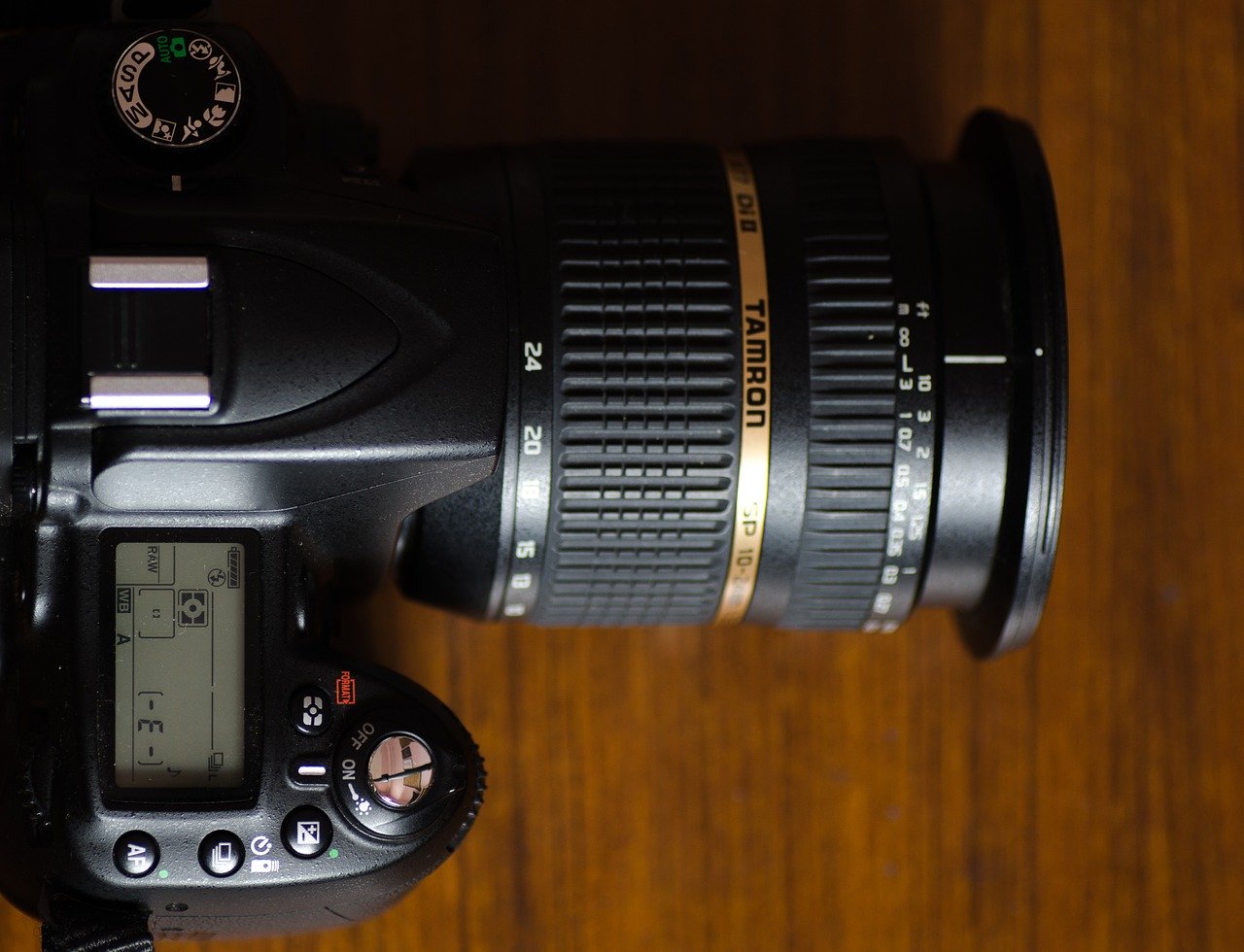
As a photographer looking at buying used gear, it could be that you're simply starting out fresh on your DSLR journey and would like to get some good advice on buying pre-owned camera stuff before every buying anything new?
If you're a photography newbie then this Course is definitely right for you and appropriately titled: “Essential Photography Skills: Beginner Digital SLR Training” where you'll discover the basic skills needed to take control of your DSLR camera.
The Physical Condition Of the Camera is Fundamental!
- Connections: You need to check every connection on the camera. Micro HDMI, microphone jack, memory card reader, battery contacts, etc.
- Mount: The bayonet of any lens should match smoothly with the camera body. If it feels grainy, scratchy, or even bumpy, it’s definitely not a good sign.
- Hot shoe: This is the connection place for flashes on top of the camera body and cables with the same electric connection.
- Screen: In new, modern cameras, look for the condition of the LCD screen, and even more so when the screens are movable (i.e., they can be twisted sideways or up and down).
- Image Sensor: Dust on the image sensor is a terrifying thing to have, and you should verify right away if the camera you’re about to purchase has dust on its sensor.
You can do this easily by setting the camera to AP, then setting the metering mode to Evaluative Metering. Then set the ISO to 100 and be sure that auto ISO is off. Set the aperture to the fastest available (f/1.4) and shoot at a clear sky. Preview the image in a computer and scout for spots. If the sensor has fungus or scratches, just turn around and go home. - Aesthetics: Look for bumps and scratches on the outside of the body as well. A few bumps might not affect the image quality, but they let you negotiate and lower the price you're about to pay.
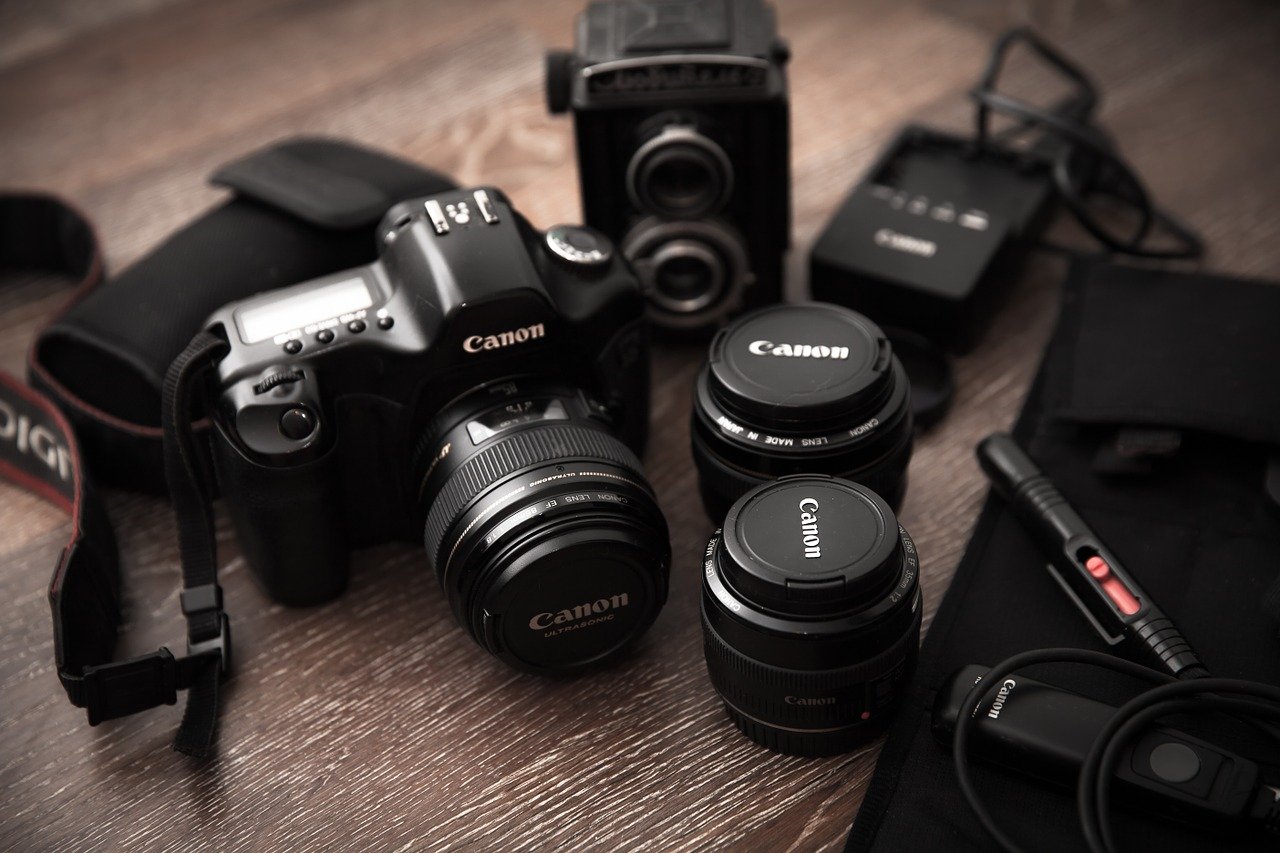
An Extra Tip For You
Go after refurbished gear: A refurbished camera is not just a camera that had a little malfunction when it was brand-new; they are repaired by the manufacturer that made them, and then resold.
Refurbished cameras are a great option since some of them may have never had a previous owner since they might not have passed a quality control process. Such cameras are tweaked so they are ready to be sold. Buying refurbished is a great option when you want a lower-priced mint-condition camera.
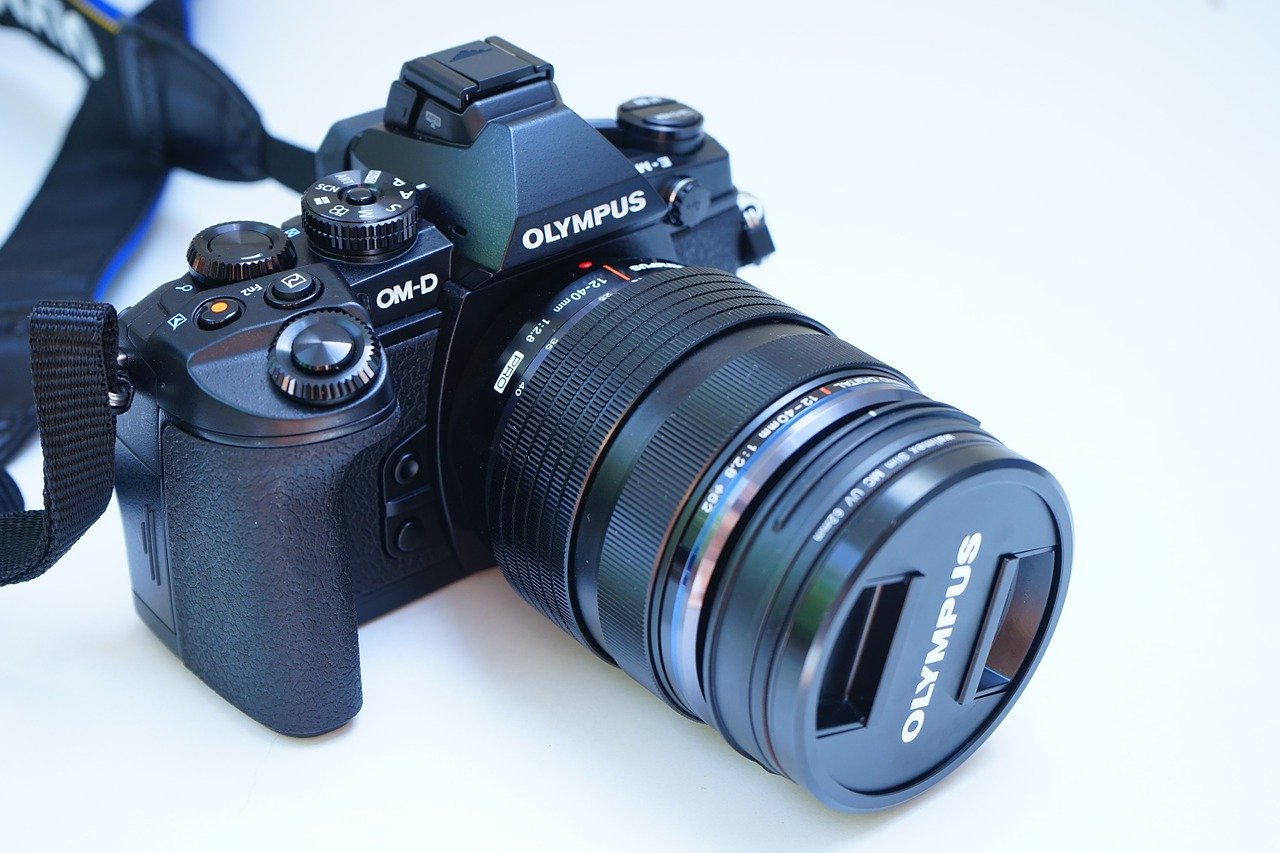
To Summarize
I hope these little hints and tips help you get closer to your greatest passion, photography, which unfortunately is often a bit expensive. However, you can apply the secondhand option in almost any category that relates to photography – filters, light equipment, tripods, bags etc., and of course, lenses.
Incidentally, for your lens quest, don’t get frustrated by expensive first-impression prices – there are always ways to look around and get a great deal.
You just need a reliable body and good-quality glass in front of it to render great images. But remember not to go crazy over gear. Gear is just the medium you choose to capture the moment. The action of capturing a moment or a concept must always go in line with photography’s ultimate premise: to tell a story with the image you’re making.
Last chance before you go! If you're a “new fish” to photography then this Course is definitely right for you and appropriately titled: “Essential Photography Skills: Beginner Digital SLR Training” where you'll discover the basic skills needed to take control of your DSLR camera.

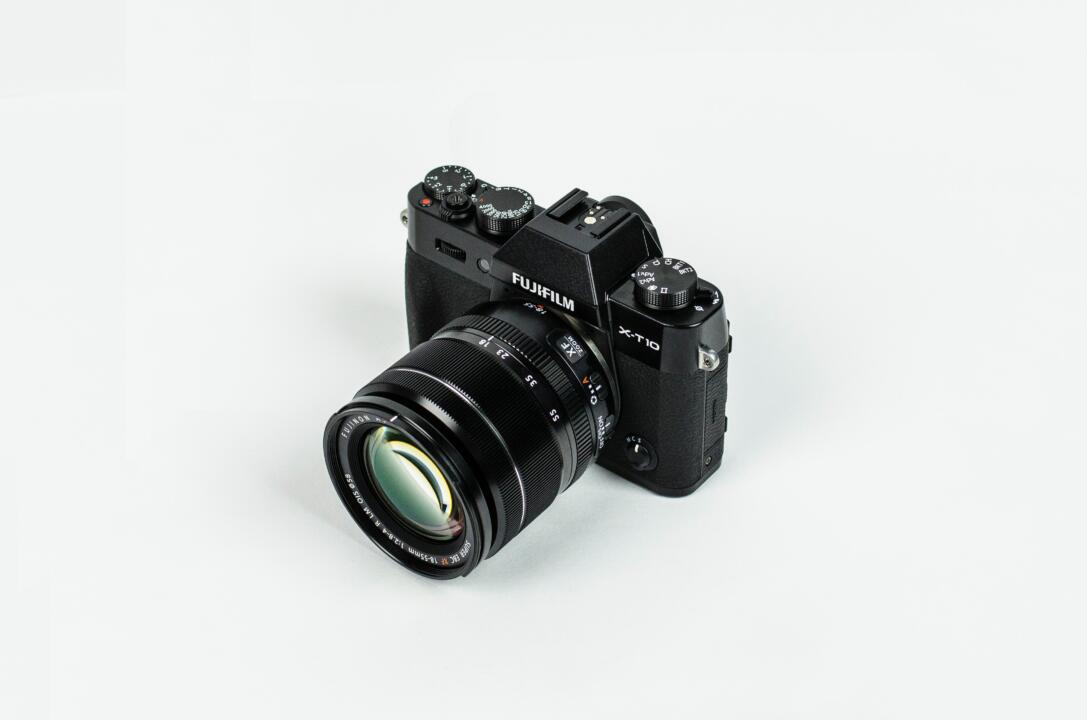
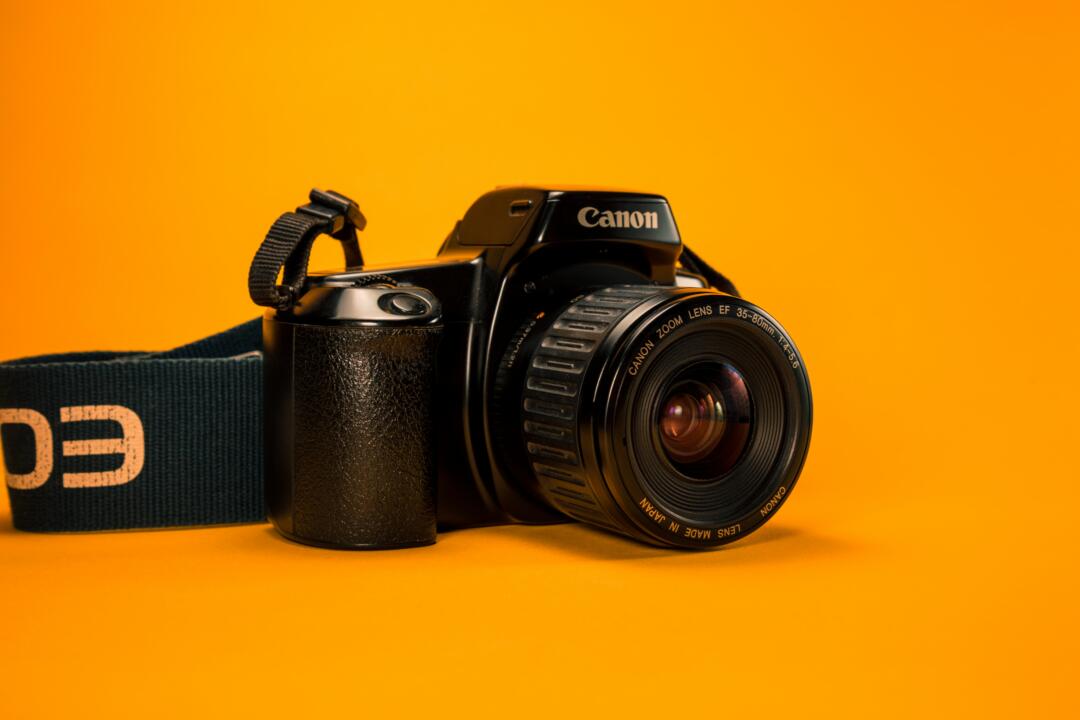


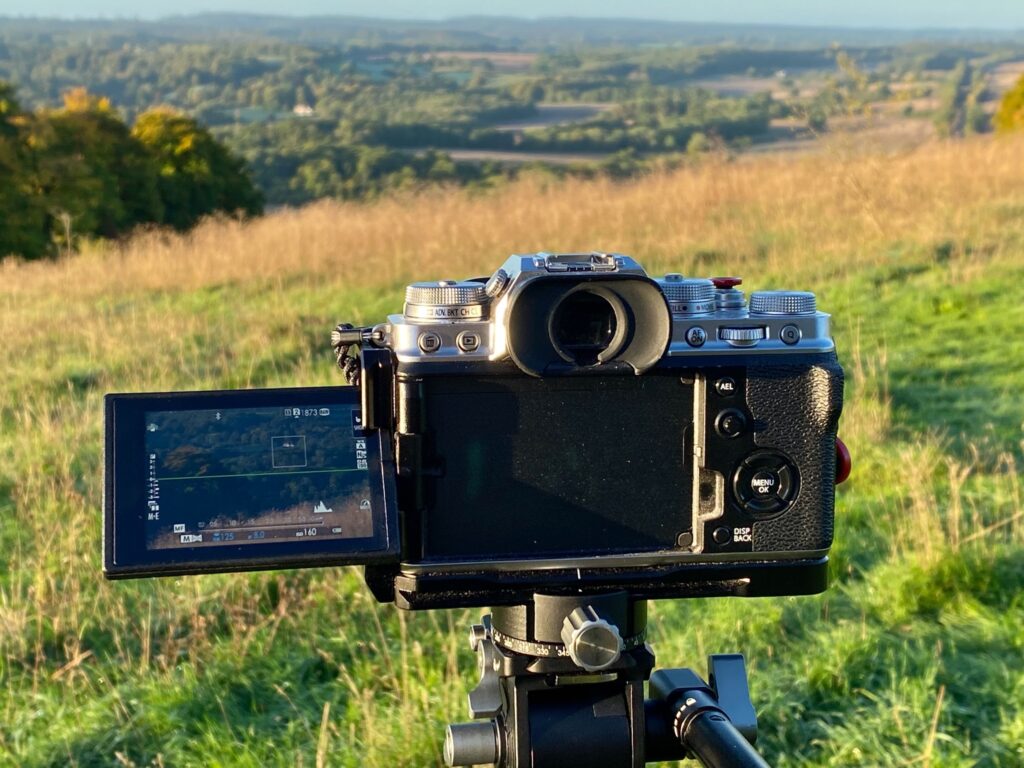

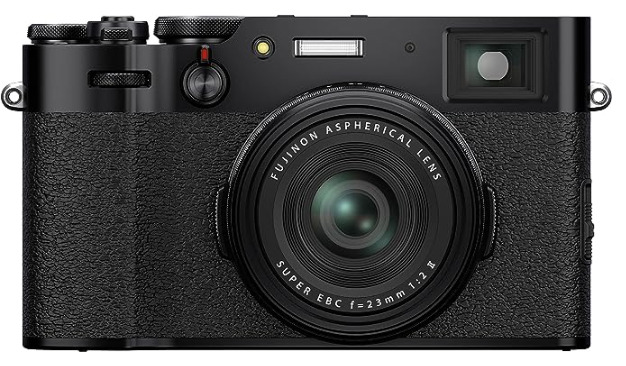
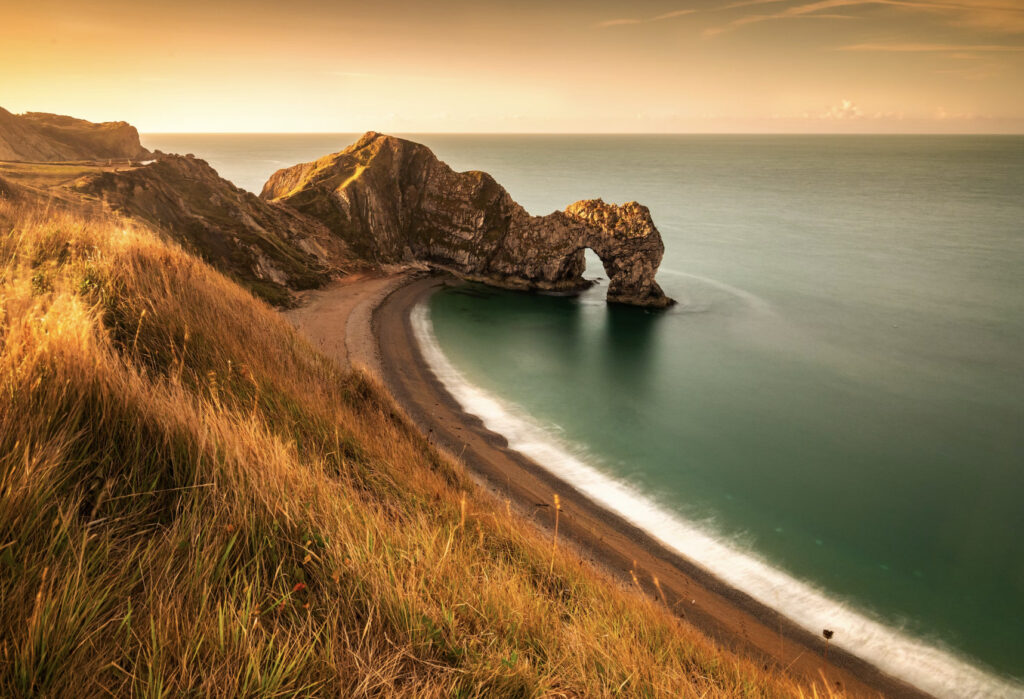
1 Comment
Thanks for the “number of clicks or pictures it’s taken during its lifespan” link. I checked out my 2 year old Nikon D5100, and had a little over 10,000 shutter releases.